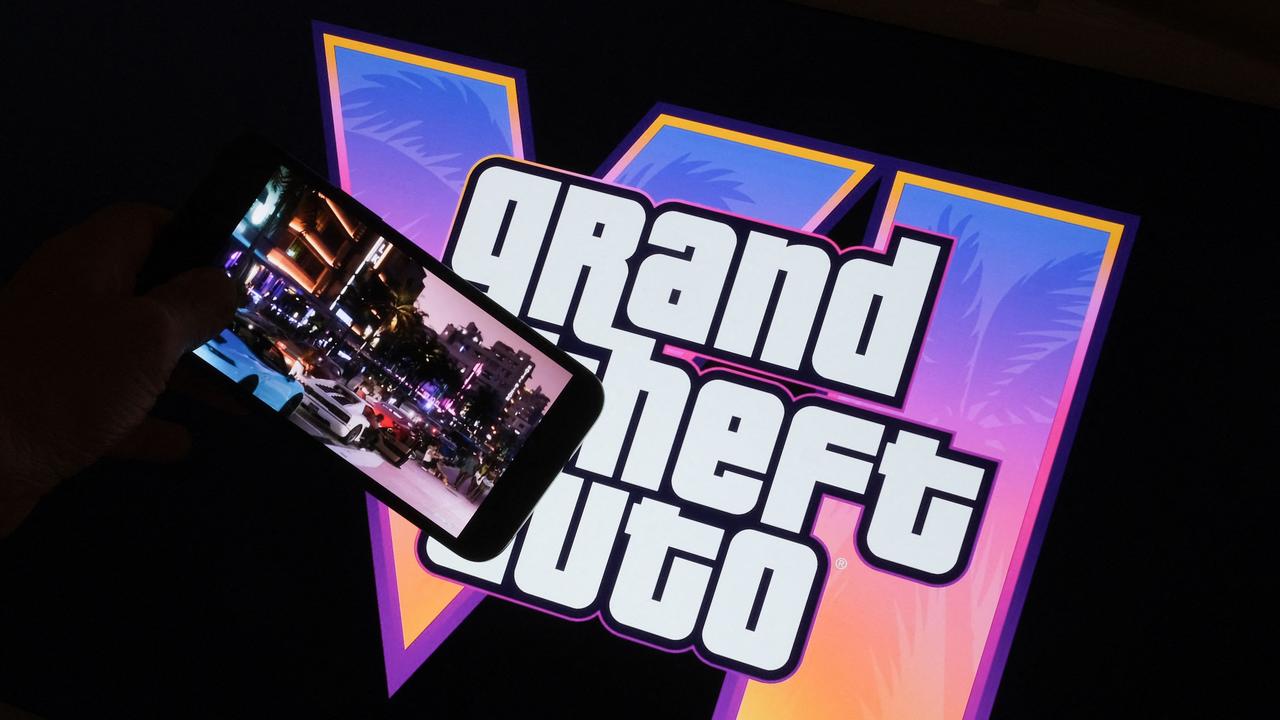‘The very beginning of something quite important’: Pokemon Go creator on the future of social mobile gaming
Remember those traffic stopping crowds playing Pokemon Go everywhere? This could be even bigger.
Social games like Pokemon Go are set to get a boost from 5G connectivity and innovations in cloud computing that promise to take mobile gaming to new heights.
Niantic Labs CEO John Hanke, the little known Silicon Valley genius behind Pokemon Go, was at Mobile World Congress this week touting the future of augmented reality (AR) mobile gaming.
That future involves faster computer response times and networks that can handle many more users doing network intensive things (like playing Pokemon Go) while all being in the same geographical location.
And it’s arriving just in time for the company’s Harry Potter mobile AR game due out later this year.
Depending on who you ask at MWC, you’ll get a different response about whether 5G has been over hyped. But the Niantic Labs boss has high hopes for the new era of connectivity.
“We’re actually really excited about 5G,” he told an audience during a keynote address at the event in Barcelona.
“We’re really pushing the boundaries of what we can do on today’s networks, we need 5G to deliver the experiences we are imagining.”
RELATED: The Silicon Valley ‘genius’ behind Pokemon Go
When it comes to its upcoming Harry Potter title, players will learn spells, explore real world neighbourhoods and cities to discover and fight beasts and team up with others to take down bad guys, Niantic said when it announced the game in 2017.
“Harry Potter: Wizards Unite will leverage the full stack of the Niantic Platform while also providing an opportunity to pioneer all new technology and game play mechanics”.
One emerging technology coming along with 5G is something called edge computing.
Edge computing brings cloud resources like computation power and storage closer to devices and end-users by using small power cell stations to enable data to travel at high speeds without having to travel long distances to a cloud or data centre.
It’s basically a new kind of computing that's part content-delivery network and part cloud.
Niantic has teamed up with Deutsche Telekom to produce a mobile game at the telco’s booth at MWC that let players run around and shoot balls at each other through the window of a Samsung Galaxy S10 phone. While simple, it was quite a lot of fun in a very frantic kind of way.
Phil Keslin is the Chief Technology Officer and founder of Niantic Inc and explained to news.com.au how edge computing will make fast paced AR mobile games like this work properly.
“The game benefits from very low latency interaction in order to track the individuals, who is firing at who, and keep track of all the scores,” he said
For that super quick response time “you need a trusted agent that is sitting close to the user”, he said.
“We basically put a machine at the antenna so that the roundtrip time from the phones through the computer layer back to the phones is less than about 10 to 20 milliseconds. That’s what enables the high speed game play that is necessary for this.”

Niantic is all about making large scale social games to get people to exercise and spend time face-to-face with other gamers.
“We all need a little nudge to do some exercise. We’re trying to build products to encourage that,” Mr Hanke said.
It’s also all about old fashioned social interaction.
“There’s medical evidence that face-to-face interactions leads to better general wellbeing,” he added.
Niantic often holds massive gaming events where large crowds gather to play that can also provide challenges to a smooth gaming experience due to crowding on the mobile network.
Remember those traffic stopping crowds playing Pokemon Go in Sydney? It’s not just the roads that can get overrun.
“We’ve pushed current 4G networks to their limit. They were not meant for this many people in a tight geographically location to all be doing intense network things all of the time,” Mr Hanke said.
“5G allows for three order of magnitude of more connection per square kilometre of physical space”.
Here’s Niantic CEO John Hanke (the guy behind Pokémon Go) and the head of Mixed Reality at Microsoft playing an AR mobile game at #MWC19 pic.twitter.com/rR2hnNTmd9
— Nick Whigham (@NWWhigham) February 26, 2019
Pokemon Go was a huge global success for the company, and along with a couple of earlier titles has generated more than US$2 billion in revenue for the company.
It was a massive winner for the company and Niantic is keen to keep the good times going.
“We think we’re at the very beginning of something quite important,” Mr Hanke said.
“The future is one where more of the experiences we have with the world are going to be augmented with … information and of course entertainment.
“Yes it’s been hyped but this is one of those paradigm changes that happens once a decade, or maybe once every few decades.”
He likens it to the transition in consumer experience and behaviour that was ultimately ushered in by the personal computer.
“The transition to AR and ubiquitous computing is that kind of transition”, he said. “It’s exciting to be building the first pieces of that transition today.”
The author travelled to MWC as a guest of Microsoft.



